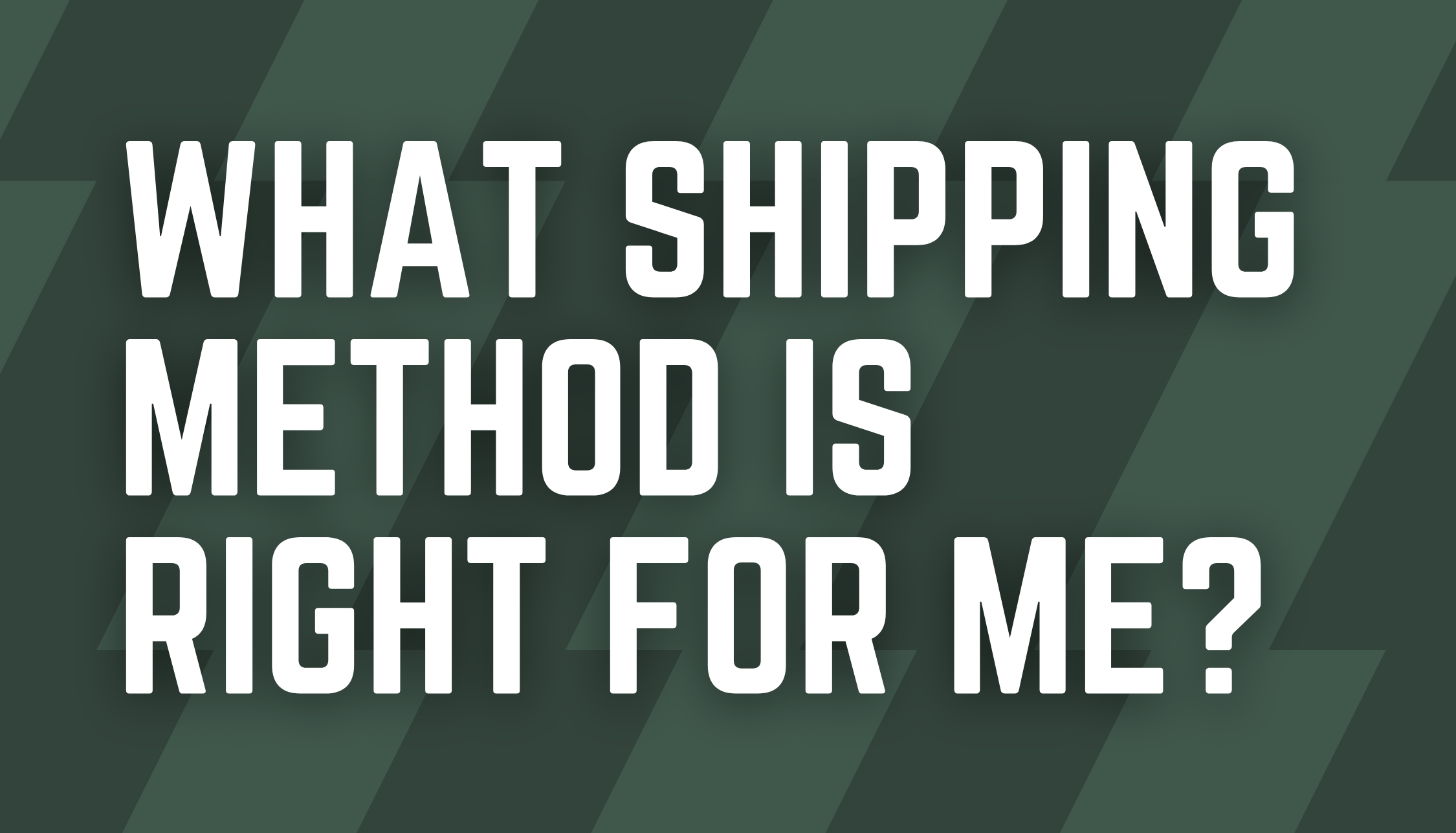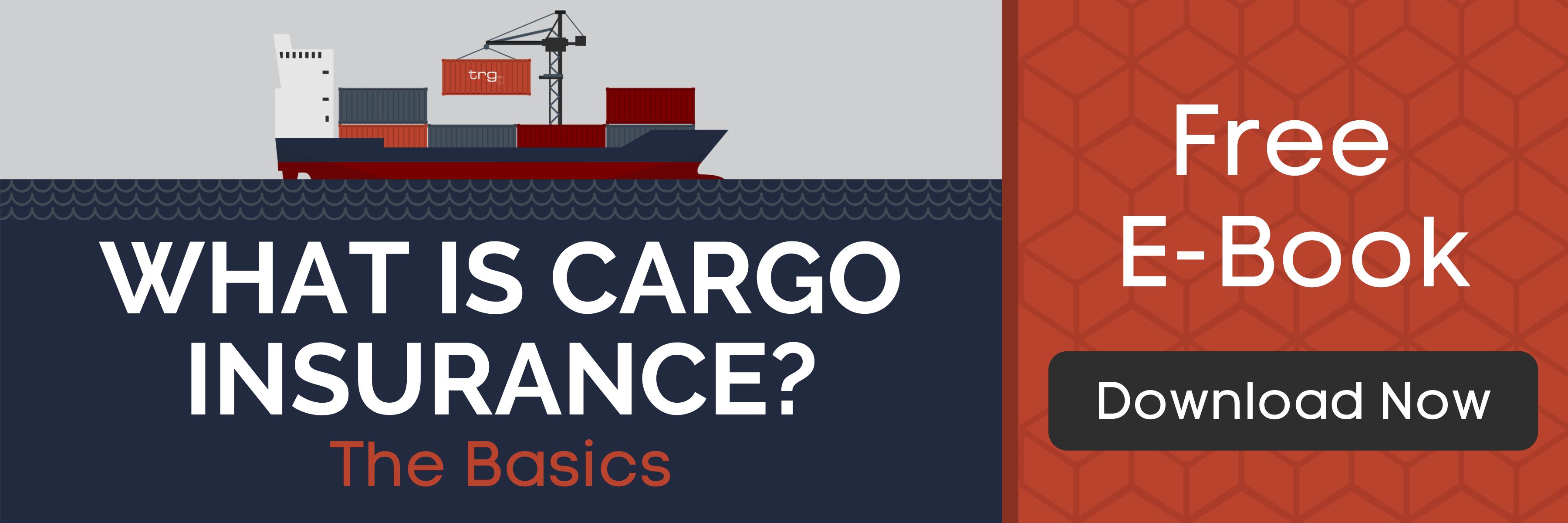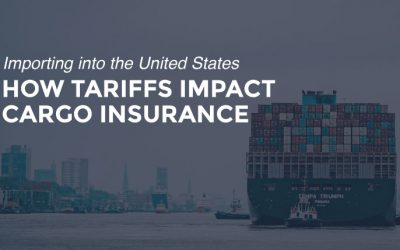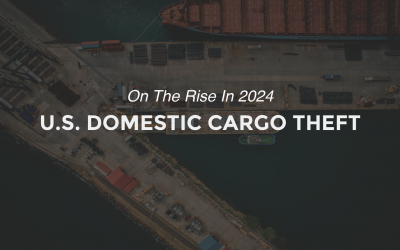Every importer has different needs when shipping goods to the United States, and it’s important they use the ideal shipping method for their business.
Choosing a Shipping Method
When shipping goods to the United States, Importers must choose how to send products from the supplier to their final destination(s). They can choose between using air freight or ocean freight as their shipping method.
When choosing between ocean and air freight, importers will need to determine the best method for their particular product. They must consider:
- how much product they’re shipping
- how much space their product takes up
- how quickly they need it to reach its destination
- how much they’re willing to spend to get it there
Air Freight
Using air freight is faster but significantly more expensive. Shippers can expect air freight to take between 5-10 days. Those using air freight as their shipping method will generally have to have their goods palletized or stored in a crate for transit.
During a container shortage, air freight is often favorable, as the price of ocean cargo can surge to similar levels to that of air cargo. On top of that, goods will generally arrive quicker for the same price.
Ocean Freight
Ocean freight is cheaper and generally takes between 20-45 days. This shipping method can take longer if the container shipping industry faces difficulty with supply and demand. Generally, goods are palletized and containerized for shipment, but there are various methods of packing specialized goods for shipment.
There are two options available for shippers using ocean freight:
- Full Container Load (FCL) Ocean Freight
- Less Than Container Load (LCL) Ocean Freight
Generally, full container loads are safer than less than container loads. An FCL shipment tends to be more secure because it has exclusive rights to the entire container. That means that it is not in contact with cargo from other shippers —as in the case of LCL shipping— and isn’t at risk of damage or contamination from other merchandise.
An LCL shipment, or less than container load shipment, is shipped alongside other merchandise from other shippers in the same container. If more than one company owns goods in the container, it is an LCL shipment.
LCL can often be better for those who ship in small quantities when done safely. Shippers that don’t have enough cargo to fill up an entire container should consider shipping LCL. Low-volume shipments are packed compactly, which leaves little room for movement while the cargo is in transit.







